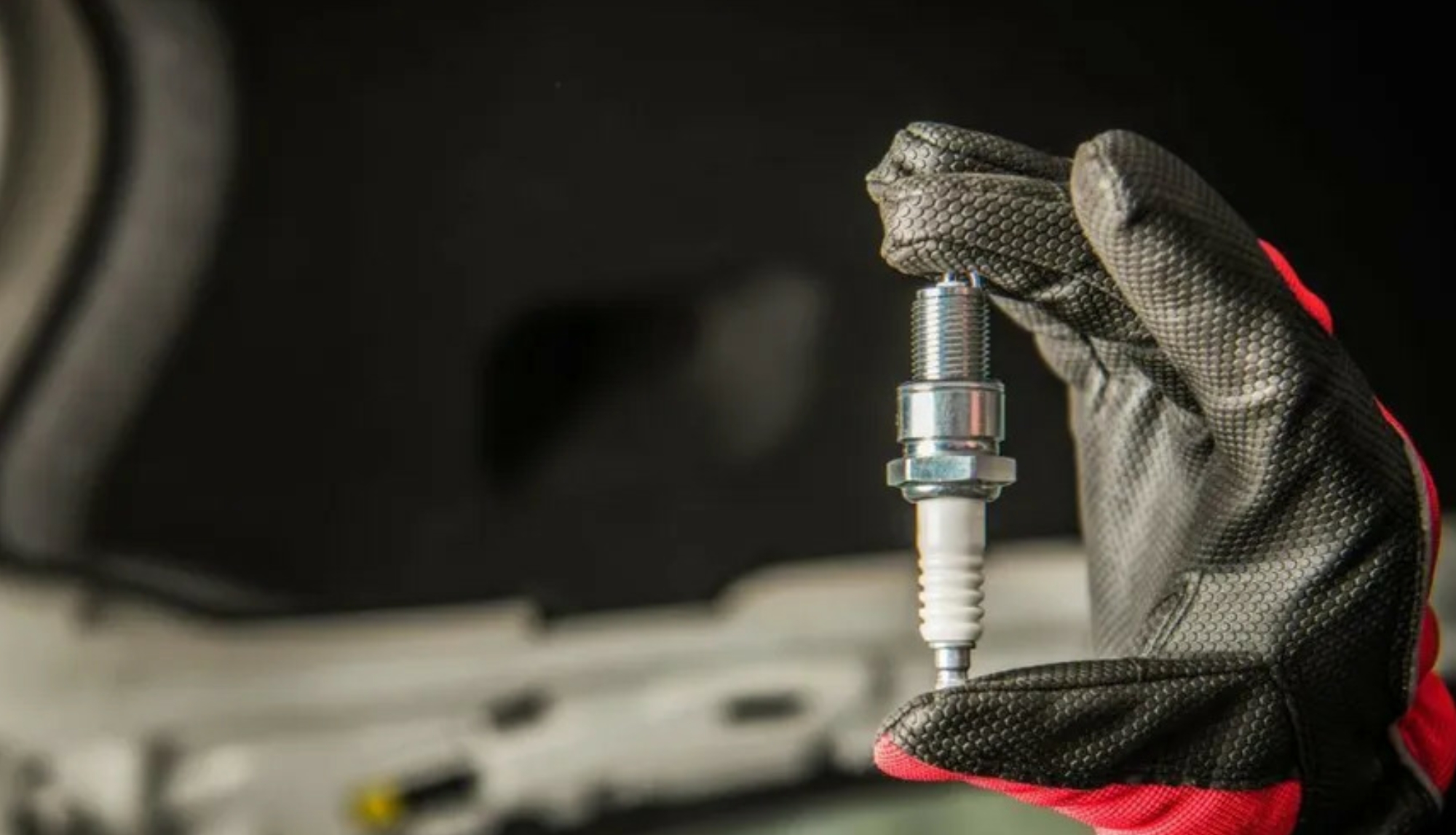
Bridging The Gap: How Aftermarket And Oem Parts Can Coexist For Better Consumer Choice
Two Sides of the Coin
In the world of automotive repair and maintenance, consumers often find themselves at a crossroads between choosing Original Equipment Manufacturer (OEM) parts and aftermarket alternatives. OEM parts, produced by the vehicle’s manufacturer, are synonymous with precision and reliability, while aftermarket parts, provided by third-party companies, can offer greater affordability and accessibility. As vehicle technology advances and consumer preferences evolve, it’s essential for drivers to understand the strengths and weaknesses of both options. More importantly, recognizing how these two categories can coexist may empower consumers and lead to better informed decisions, ultimately enhancing their ownership experience.
The Allure of OEM: Quality Without Compromise
For many car owners, the appeal of OEM parts lies in their guaranteed quality and compatibility. Each OEM component is designed to meet the specific standards set by the manufacturer, meaning that they fit well and function optimally in the intended vehicle. This reliability is particularly crucial for essential systems such as brakes or engines, where safety cannot be compromised. Furthermore, using OEM parts can maintain a vehicle’s warranty, ensuring that any manufacturer-related concerns remain addressed. For some, the peace of mind offered by OEM parts justifies the often-higher price tag, making the choice feel less like a compromise and more like an investment in safety and reliability.
The Rising Popularity of Aftermarket Parts: Value Meets Versatility
While OEM parts have their merits, aftermarket parts are garnering interest for a multitude of reasons. Firstly, they provide consumers with more options—ranging from economy to high-performance parts that can enhance a vehicle’s capabilities. In an era where budget constraints often dictate purchasing decisions, many drivers find solace in the affordability of aftermarket options. Additionally, the aftermarket industry has matured, with many manufacturers adhering to strict quality standards that rival those of OEM. This evolution has led to a growing trust in aftermarket parts, dispelling past misconceptions and empowering consumers to explore alternatives without feeling like they’re taking a risk.
Finding Common Ground: A Collaborative Approach
The relationship between OEM and aftermarket parts doesn’t have to be adversarial. Both sectors can complement each other, providing a comprehensive toolkit for vehicle maintenance and enhancement. For instance, a driver might choose OEM for critical repairs involving safety systems while opting for aftermarket options elsewhere as a cost-effective solution. This hybrid approach not only allows for personalization and adaptation to individual budgets but also fosters a flexible market environment where competition drives innovation and reduces costs. As such, both aftermarket businesses and manufacturers can thrive by recognizing the potential benefits of collaboration rather than competition.
Educating Consumers: The Key to Empowerment
Knowledge is the catalyst for informed decision-making. By providing consumers with the information they need about both OEM and aftermarket parts, the automotive industry can empower them to make choices that best fit their needs. Educational initiatives can help demystify the complexities surrounding both forms of parts, illuminating the factors that should influence their decisions, such as cost, warranty implications, and long-term reliability. Workshops, online resources, and community forums can bridge the gap between consumers and industry experts, fostering understanding and confidence in selecting the right products.
The coexistence of OEM and aftermarket parts is not just a trend; it represents a paradigm shift in consumer choice and autonomy. By embracing this diversity, manufacturers and consumers alike can reap the benefits of a robust market that caters to various needs and preferences. Whether a driver opts for OEM or aftermarket parts, the true victory lies in their ability to choose what works best for their lifestyle and vehicle. Together, OEM and aftermarket parts can forge a path toward a future where consumers are informed, empowered, and ultimately satisfied with their automotive choices. Through this collaboration, the automotive industry can elevate the consumer experience, proving that, in the end, variety truly is the spice of life.

Driving Growth: Key Strategies For Aftermarket And Oem Parts In A Competitive Landscape
The Competitive Landscape
In today’s rapidly evolving automotive industry, the competition among aftermarket and Original Equipment Manufacturer (OEM) parts suppliers is fiercer than ever. With the rise of e-commerce, advances in technology, and shifting consumer preferences, businesses in this sector must adapt to stay relevant. Understanding the competitive landscape is crucial; it involves analyzing both direct competitors and emerging market disruptors. In this multifaceted environment, companies must develop clear strategies and a keen awareness of market trends to thrive.
The Power of Customer Relationships
At the heart of driving growth in both the aftermarket and OEM sectors lies the cultivation of strong customer relationships. Customers today want trust, transparency, and personalized experiences. Companies can achieve this by investing in robust Customer Relationship Management (CRM) systems and leveraging data analytics to understand purchasing behaviors better. Regular communication through personalized emails, loyalty programs, and social media engagement can help foster relationships, turning first-time buyers into repeat customers. As the saying goes, it costs significantly less to keep a customer than to acquire a new one.
Embracing Technology and E-Commerce
The digital age has transformed the way consumers shop for automotive parts, making e-commerce an indispensable tool for growth. Companies must embrace technology by optimizing their online presence, implementing user-friendly websites, and ensuring they’re easily found on search engines. Beyond just having an online store, incorporating innovative technologies like augmented reality for parts visualization or artificial intelligence for inventory management can provide a competitive edge. The ability to offer seamless online and offline shopping experiences will not only enhance customer satisfaction but also drive sales.
Diversification of Product Lines
In a saturated market, relying on a limited range of products can be detrimental. Diversification of product lines can be a key growth strategy for both aftermarket and OEM parts businesses. This can include expanding into new categories, such as electric vehicle components as the industry shifts towards sustainability, or introducing accessories and enhancements that cater to niche markets. Collaborating with manufacturers to create private-label products can also provide unique offerings that set a company apart. Ultimately, a diverse portfolio enables better market penetration and reduces dependency on any single revenue stream.
Leveraging Strategic Partnerships
Strategic partnerships can be a game-changer in driving growth. Collaborations with dealerships, repair shops, or even tech companies can open new channels for distribution and enhance service offerings. For instance, partnering with automotive repair software providers can streamline the ordering process for workshops, making it easier for them to choose the right parts quickly. Co-marketing initiatives can also amplify brand reach and visibility. These relationships foster a win-win situation, where businesses benefit from each other’s expertise and customer bases.
The Importance of Sustainability
As consumers become more environmentally conscious, sustainability is no longer just an option but a necessity for automotive parts companies. Both aftermarket and OEM suppliers can drive growth by adopting eco-friendly practices, whether through sustainable sourcing, energy-efficient manufacturing processes, or offering recyclable solutions. Communicating the brand’s commitment to sustainability is vital in attracting today’s eco-aware consumers. By aligning with social responsibility, businesses not only enhance their brand reputation but also appeal to a broader audience ready to invest in greener alternatives, ultimately driving growth in an increasingly competitive landscape.
Navigating the intricacies of the aftermarket and OEM parts markets requires strategic foresight and adaptability. By focusing on strong customer relationships, embracing technology, diversifying product lines, leveraging partnerships, and committing to sustainability, businesses can position themselves effectively in a demanding landscape and secure long-term growth.

The Future Of Aftermarket: What Oems Can Learn From The Independent Market
The Changing Landscape of the Aftermarket
As the automotive landscape continues to evolve, one thing becomes increasingly clear: the aftermarket segment has transformed significantly. Independent workshops and businesses have carved out a substantial niche, capitalizing on flexibility, customer service, and specialized offerings. OEMs (Original Equipment Manufacturers) have historically dominated the automotive aftermarket with a focus on brand loyalty and consistency. However, as consumer preferences shift towards personalized experiences and value-driven choices, it’s time for OEMs to reassess their approach and draw inspiration from independent market players.
Understanding Customer Needs
At the heart of the independent market’s success is an acute understanding of customer needs. Independent workshops often prioritize building genuine relationships with their clientele, focusing on communication and trust. In contrast, many OEM service centers fall short in this area, relying too heavily on brand reputation alone. To remain relevant, OEMs can learn from their independent counterparts by fostering stronger customer engagement through transparent communication, loyalty programs, and personalized service. Understanding customer pain points and resolving them efficiently is an essential driver of satisfaction that OEMs can and should embrace.
Embracing Innovation and Technology
When it comes to adopting new technologies, independent businesses have proven to be agile and innovative, often leveraging cutting-edge software and tools to streamline operations and enhance service delivery. Whether it’s utilizing mobile apps for appointment scheduling or employing data analytics to predict customer needs, the independent market remains at the forefront of technological advancement. OEMs can benefit from adopting a similar mindset, rethinking their approach to technology adoption. By investing in digital platforms that improve customer interactions and workshop efficiencies, OEMs can create a more dynamic aftermarket ecosystem.
Offering Customization and Flexibility
One notable advantage that independent businesses have over OEM service centers is their ability to offer customized solutions that cater to individual customer preferences. Whether it’s parts selection, service schedules, or pricing structures, independent shops often excel by implementing flexible options that reflect the realities of their customers’ needs. In contrast, OEMs may foster rigidity due to standardized procedures and brand guidelines. As consumer expectations lean more towards personalization, it’s crucial for OEMs to consider how they can adopt a more flexible service model, allowing customers to tailor their experiences and create lasting loyalty.
Building a Community of Trust
Independent workshops often cultivate a sense of community, which fosters trust among their clientele. They become known for their local engagement, supporting neighborhood events and nurturing relationships that go beyond simple transactions. In a world where customer loyalty can be fleeting, OEMs should take a cue from this community-focused approach. By investing in local outreach, sponsoring events, and engaging with customers at the grassroots level, OEMs can build stronger connections and foster loyalty that spans generations. It’s about more than just fixing cars; it’s about creating a lasting impact on the communities they serve.
Adapting to a New Business Model
Ultimately, the future of the aftermarket hinges on adaptability. As younger generations of consumers enter the market, their expectations of service, convenience, and value are markedly different from their predecessors. OEMs must stay attuned to these changes, leveraging insights from the independent market to adjust their business models accordingly. This may involve re-evaluating pricing strategies, service offerings, or even partnerships with independent businesses. By embracing flexibility and adapting to an ever-changing landscape, OEMs can not only compete with independents but also elevate their aftermarket offerings to new heights.
The journey into the future aftermarket is not just about competition; it’s about transformation. By learning from the independent market, OEMs have an invaluable opportunity to enhance customer experiences, adopt innovative technologies, and build lasting relationships. The shift in consumer expectations is undeniable, and those who adapt will not only survive but thrive in the ever-evolving world of automotive service.





